Recently NewerTech reached out to ask us to review their RAID external backup unit, the Guardian MAXimus Mini. This is a tiny, rugged (aluminum with a heavy heatsink-integrated base), bus-powered (if you use USB or FireWire) external box that’s not much bigger than the two 2.5″ drives it houses. It’s got an LCD front panel display with a simple and intuitive menu system (not once did I feel the need to refer to the instruction manual), and it comes pre-configured in a variety of drive sizes (or is also available with none at all). So far, so good.
If you’re a PC user and you buy one of the pre-configured units, however, expect some time investment in getting the little Mac-friendly bugger to work. It comes pre-formatted as HFS+ and Windows will not recognize it at all. You have to drop into a command prompt, go into DISKPART, and clean out the partition table before you can initialize it and create partitions in Windows. No big deal for someone who has done that, but for less experienced users, breaking out a manual and going to a command prompt is the pinnacle of off-putting. PC buyer beware.
I had a more particularly bizarre issue because I chose to use eSATA as the interface (it’s the highest performance of the four options). My BIOS was configured to use the eSATA ports as IDE, which cause all manner of frustrations including an intermittent ability to even recognize the drive. For a time I even suspected a faulty eSATA cable. Finally, I went into my BIOS and diagnosed the issue. Changing eSATA to AHCI solved everything. This is something that is not mentioned in the manual. Again, if you’re a PC buyer, make sure you have AHCI support on your eSATA ports, or just use USB or FireWire and enjoy the performance hit.
So, with the drive finally hooked up and configured, it was time for some performance tests. The drives that were supplied as configured are two Hitachi 500gb 7200RPM HDs. In the default RAID 1 mode, through eSATA, the drive’s performance was fairly decent, around ~100mb/s:
With a few quick button presses on the front of the unit, you can reconfigure the drive to go into “Max Performance” mode, aka RAID 0. This expands the usable space to 1tb and increases performance to around ~135mb/s.
The performance is good enough to do real-time video work. Mobile video/photo/music pros seem to be the target market for this product, so it fits.
Of course, RAID 0 is not the best choice if this will be a long-term data storage device; you have double the chance of drive failure, essentially. If security is what you’re after, you can rest assured that RAID 1 performance is no slouch, though.
It would be nice if USB 3 were an option, since USB 2 is really somewhat unusable for any live work (it would really be suitable only for backup), but eSATA makes up for it if your system can support it.
The drive requires an external power supply for eSATA, but is bus-powered for FireWire and USB 2. It also has a FireWire passthrough port if you want to daisy-chain drives or other devices. It comes bundled with a FireWire cable, a USB cable, and an eSATA cable. It also comes bundled with software: Prosoft Data Backup 3 , Carbon Copy Cloner and Hard Disk Speedtools for Mac, and Novastor Backup for PC.
One Icrontic community member asked if the drive will shut down and go into lower power mode when not in use; on Windows 7, through eSATA, I was not able to make this work. I was not able to test it on a Mac.
If you’re looking for a small, transportable, rugged RAID array box for your Mac or PC, the NewerTech Guardian Maximus Mini works exactly as advertised. The build quality of the enclosure, the easy-to-use menu, and the flexible interface options make for a solid choice in portable storage. The ruggedness of the enclosure alone, even as a bare box, makes for a compelling do-it-yourself external RAID.


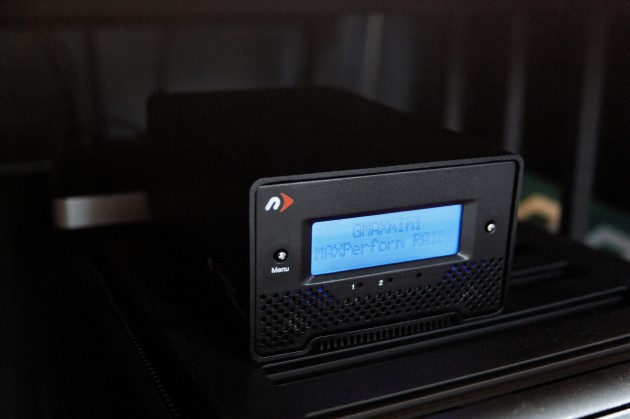
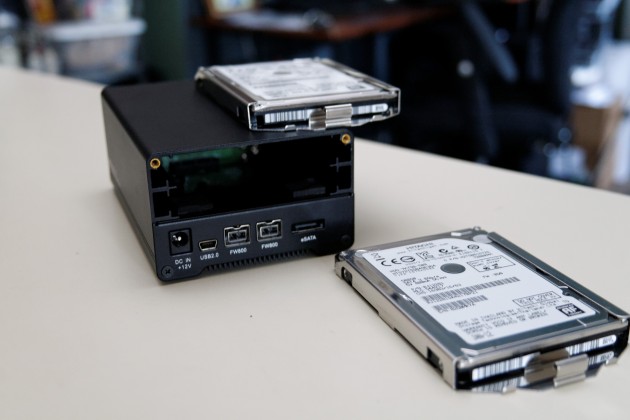
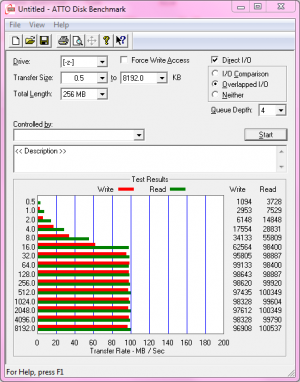
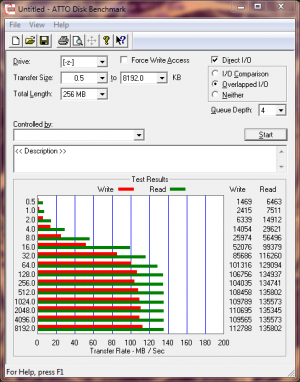
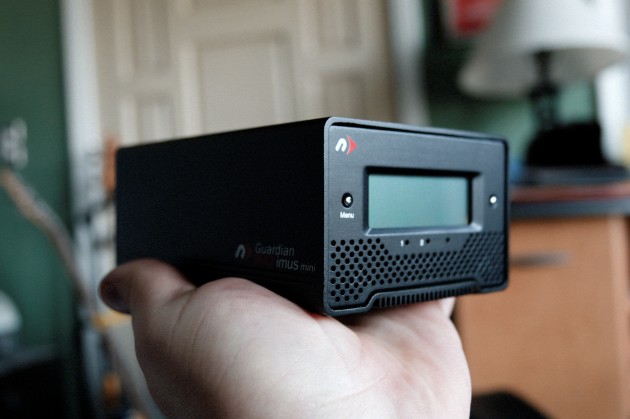




 Articles RSS
Articles RSS